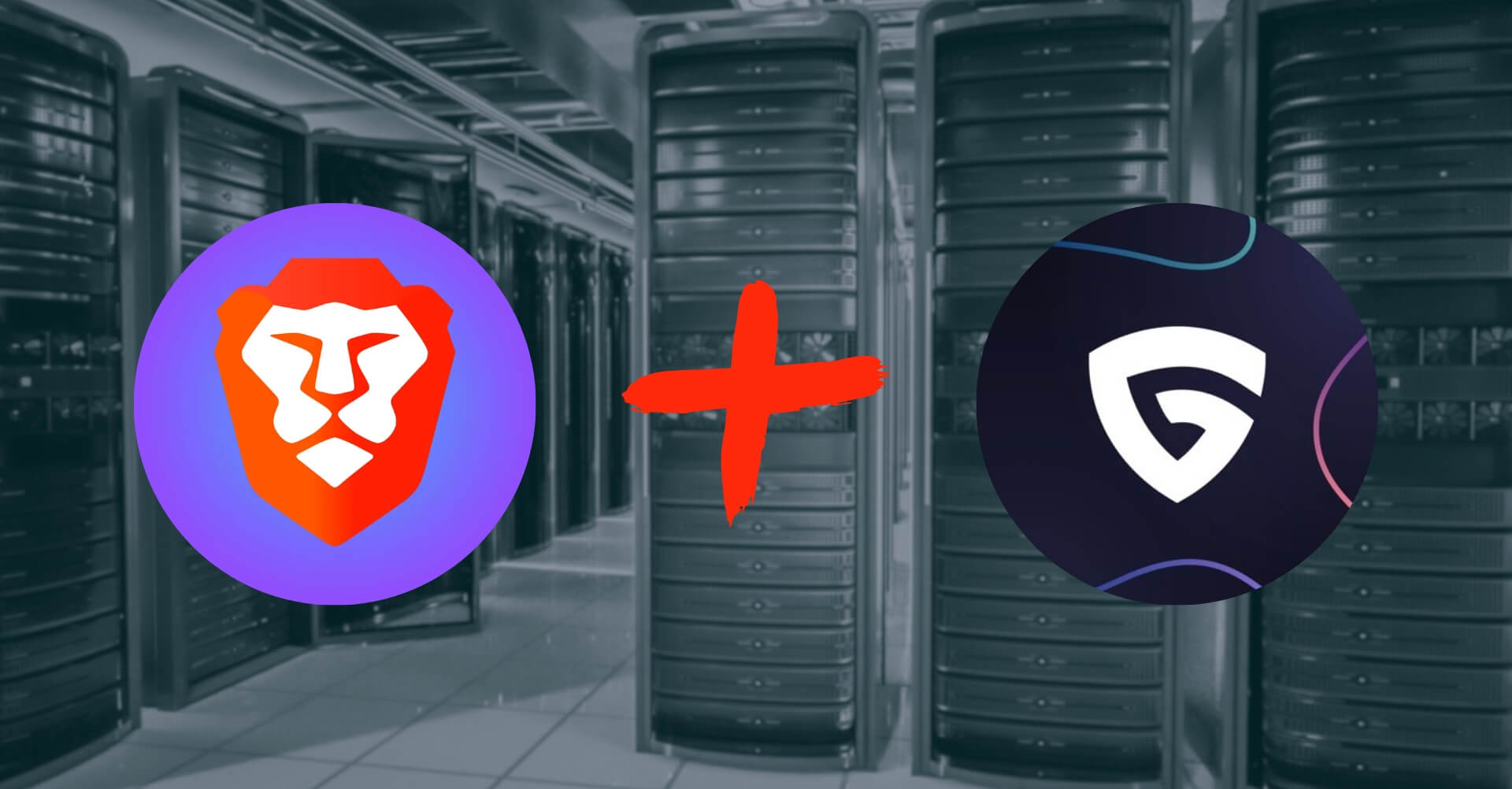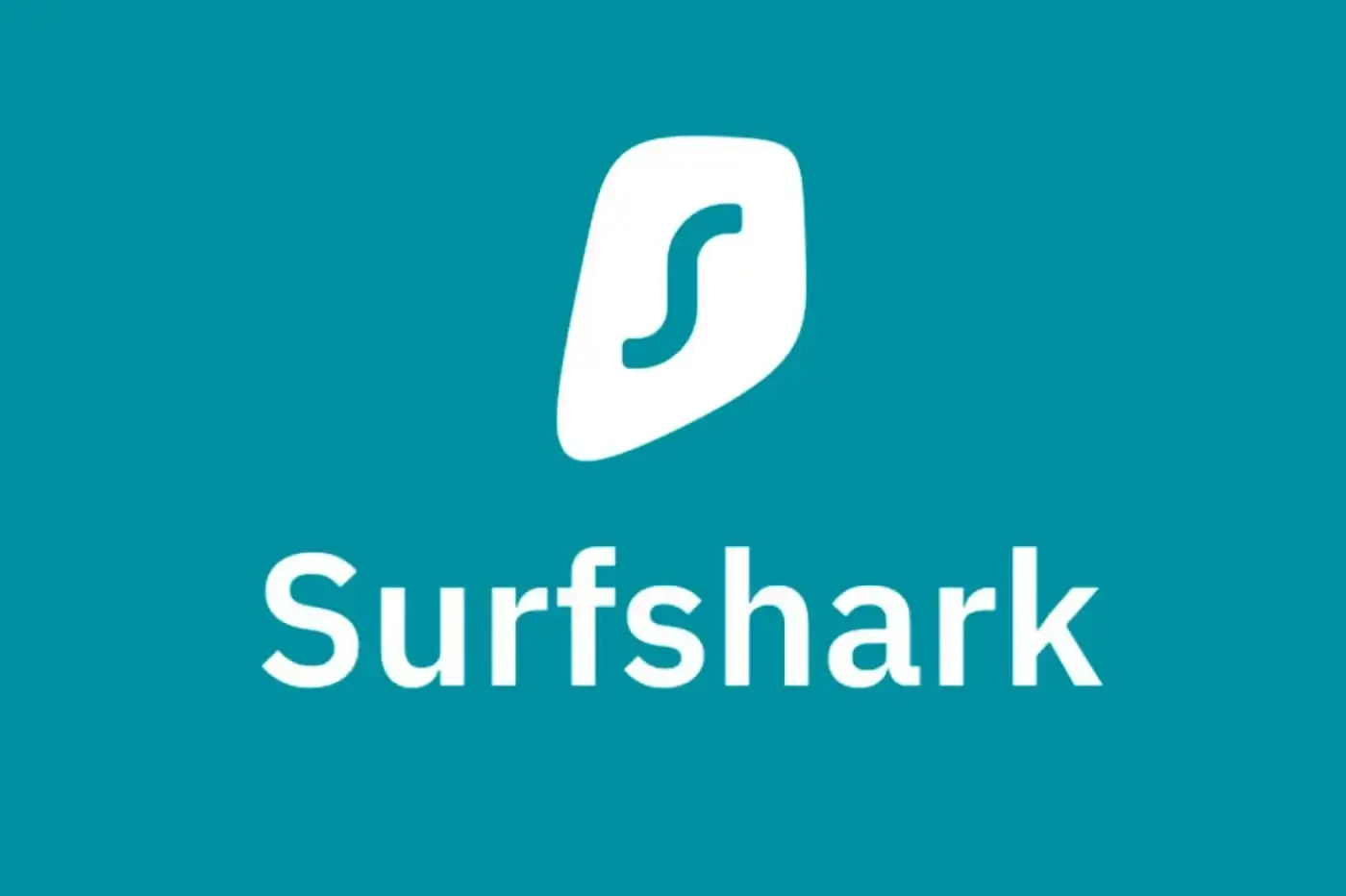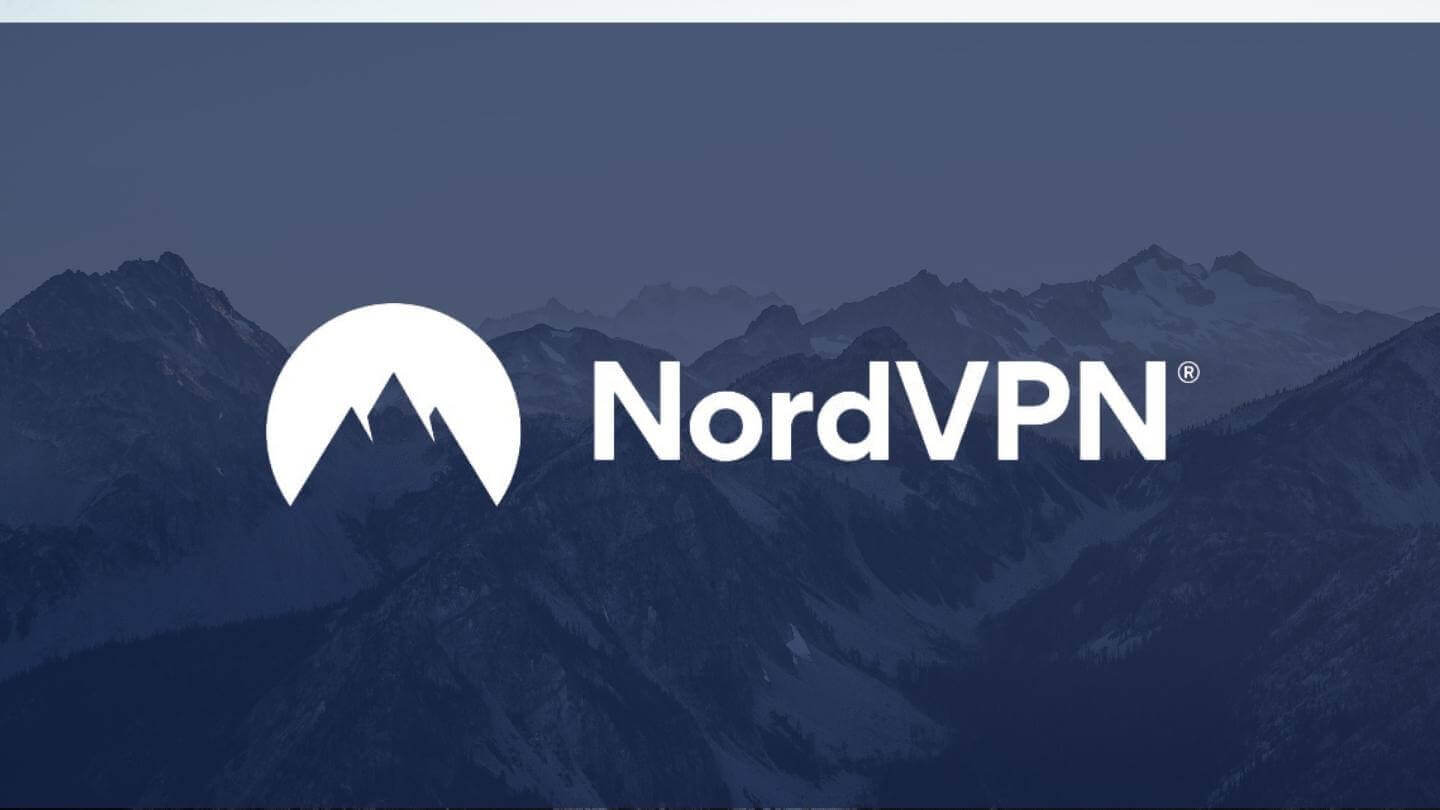Tag: hydra
-
Automated Reconnaissance in Hacking
Table of Contents Introduction to Reconnaissance The Challenge of Manual Reconnaissance Automation in Reconnaissance: Tools Overview Gobuster Hydra Conclusion Introduction to Reconnaissance In the intricate and evolving world of ethical hacking and penetration testing, reconnaissance stands as the foundational phase – a critical starting point that sets the stage for all subsequent activities. This initial…
-

Brave
Brave is a free and open-source browser that prioritizes security and speed by automatically eliminating advertisements and website trackers. Based on the Chromium web browser, this browser was designed by the Brave software developer to provide consumers with an excellent browsing experience. The Brave browser functions on Android, iOS and desktop computers. People can also…
-

Surfshark
Surfshark VPN is one of the most popular VPN services in 2022. Its competitive price and unlimited simultaneous connections make it a very attractive VPN option for all kinds of users. But does this VPN live up to give the actual value for money that it claims? Surfshark also offers thousands of servers worldwide, excellent…
-

NordVPN
NordVPN is a Virtual Private Network (VPN) service provider that was founded in 2012 by four childhood friends in Panama. The company is now headquartered in Cyprus, with offices in the United States, the United Kingdom, and Lithuania. NordVPN is one of the most well-known VPNs in the market, and this is due to their…


